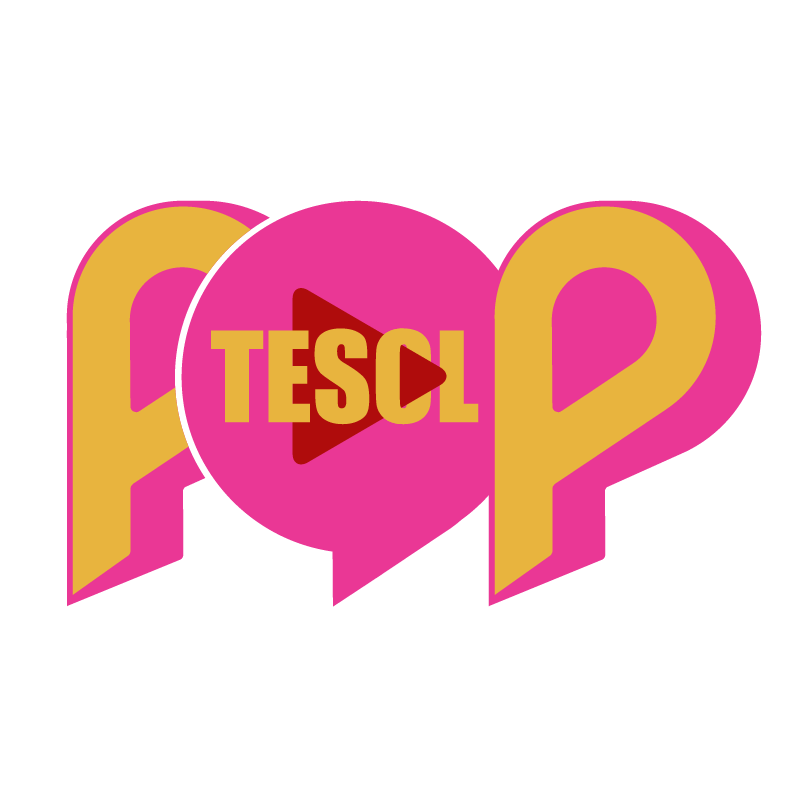Introduction to Open Education Resources
The vast quantity of education resources available on the internet today can lead to confusion when working out what counts as an OER. This article summarises key points about OERs - what they are, how they work and what they mean for the future of education.
What is OER?
Open Education Resources (OERs) is a broad term that refers to any openly licenced digital content that can be used freely for learning, teaching or research at no expense. Digital content can range from books, videos, audios, apps etc.
How do OERs work?
OERs are digital sources but that doesn’t mean that they are restricted to use on computers or smart devices. For example, textbooks freely available online can be printed and adapted for face to face instruction.
You may already be familiar with large-scale OERs, such the open courseware project at MIT. It doesn’t have to be on this institutional scale though to be an OER. OERs also include resources developed by individuals, like all the teacher-created training video content available here, for everyone, for free.
Who is doing it?
As mentioned MIT is one of the leading institutions on OERs with over 2000 courses on offer. Since MIT started its OER project in 2002 many higher education institutions now offer free resources for education purposes. Coursera provides insight to the range of HE institutions that have created open learning courses. This trend is not only affecting learning trends, but also ways in which HE institutions market themselves and build their reputation within the distance learning domain. Open learning is also an emerging field in government education policy – take the UK’s 2013 FurtureLearn project for example.
Why do OERs matter?
Aside from promoting innovation in education and offering a range of resources at the convenience of a few clicks, OERs can help reduce costs in education and increase accessibility to learning. The advancement of OERs has great potential in opening education to people who up until now may have been excluded from education due to socio-economic background, location and/or workload.
What are the downsides?
As there’s no standard, resources can vary in quality, presentation and upkeep. Developing digital literacy skills is therefore essential in vetting resources before using them in learning, teaching or research. The whole emergence of OERs also brings up questions about Intellectual Property (i.e. how much of the resource can be used and how should it be cited? Are sources the OER uses and references accurate?).
What do OERs mean for teaching and learning?
The increased availability of OERs is a nod towards the democratisation movement within education and thus increased accessibility to learning. In turn it also supports the shift in focus towards life-long learning and development that people can use to support their career path. This will certainly benefit the full-time work force and general adult learning sector by opening more options that they can fit around their work schedule. What’s more, increased development of open resources opens more options for learners to create their own individualised learning paths by enabling educators and learners to draw from a bank of growing digital resources.

